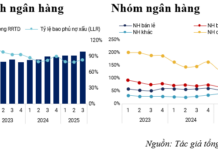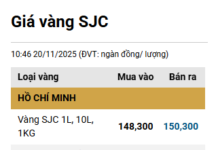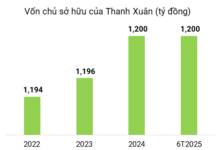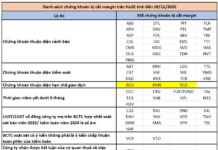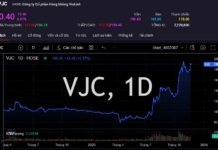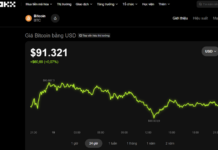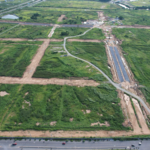Supply Increases but Still Faces Bottlenecks
According to a report by the Ministry of Construction, the real estate market in Q2/2025 saw 58 new projects licensed and 157 projects eligible for business, marking a 28.9% and 55.4% increase respectively compared to Q1.
Despite the uptick in supply, experts argue that it falls short of current demand, and new products are yet to reach buyers effectively.
Ms. Đỗ Thu Hằng, Senior Director of Research and Consulting at Savills Hanoi, notes that while key laws on land, housing, and real estate business have been enacted and took effect in August 2024, their practical implementation requires time for comprehensive guidelines and specific deployment.
Hằng explains that many projects are currently finalizing legal procedures, design approvals, and financial obligations—steps that demand time to ensure transparency and compliance. While progress has accelerated, a lag remains before the housing supply truly enters the market.
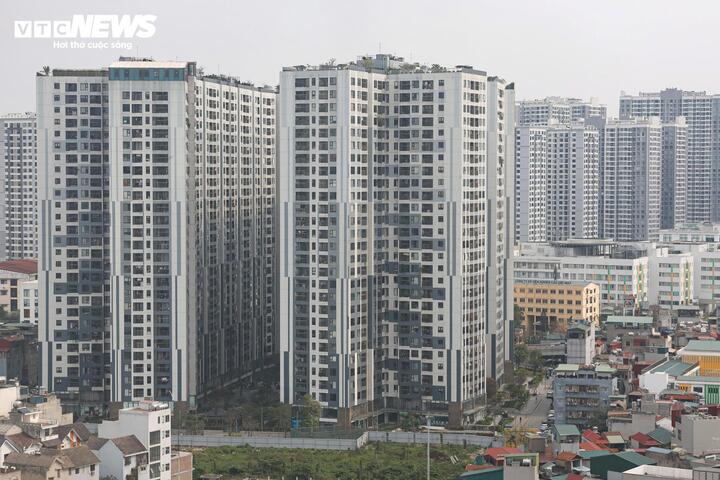
Housing supply increases but has yet to fully enter the market. (Illustrative image: Minh Đức)
Mr. Phạm Đức Toản, CEO of EZ Real Estate Investment and Development JSC, highlights that one of the main challenges in project implementation is navigating a “forest” of procedures. For instance, file appraisal requires input from multiple departments, including Agriculture and Environment, Construction, Planning and Architecture, Finance, and local authorities at the ward and commune levels, before project planning approval.
Most projects currently undergo two rounds of consultations with departments and local authorities. During land clearance and reclamation, issues arise regarding land valuation, public land within projects, and additional compensation costs for residents.
Additionally, complications related to land origins and public land involvement have stalled many real estate projects for years.
“Delays in approving housing and urban area project procedures in many localities have led to projects being suspended for years, products failing to reach the market, supply shortages, and worsening supply-demand imbalances, driving house prices up continuously,” Toản emphasizes.
Experts point out that numerous projects have taken nearly a decade to complete procedures, complicating financial obligations and increasing costs. Consequently, the current market supply primarily stems from a few projects by financially and operationally capable developers. Meanwhile, many large-scale projects, though initiated, are in early investment phases and cannot provide products immediately.
House Prices Unlikely to Drop
Despite increased supply, experts predict that house prices will remain high in the short term due to persistent bottlenecks.
Supply imbalances further exacerbate this issue. In Hanoi, for example, Savills reported 8,000 new apartment units launched in Q2/2025, totaling 14,900 units in the first half-year. However, the World Bank estimates that major cities require approximately 374,000 new units annually.
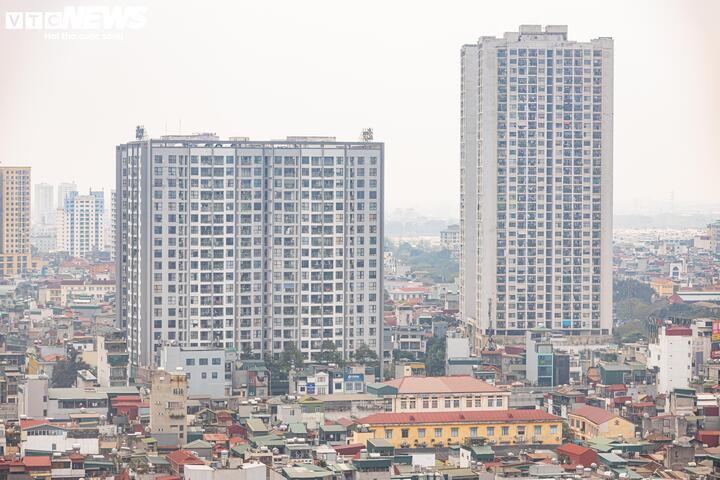
House prices are expected to remain high in the short term. (Illustrative image: Minh Đức)
Dr. Cấn Văn Lực attributes rising house prices directly to escalating costs. He notes that land and clearance expenses constitute a growing proportion, especially as new land price tables approach market rates, significantly increasing financial obligations.
Rising construction material costs, labor expenses, and bank loan interest rates further inflate project development costs, which are ultimately passed on to buyers, preventing price reductions.
Many argue that land price tables and land use fee calculations directly contribute to higher prices. Adjusting land prices to align with market rates sharply increases land-related financial obligations, driving up overall costs.
From a business perspective, Mr. Ngô Quang Phúc, CEO of Phú Đông Group, explains that high house prices stem from layered costs, primarily land expenses. Soaring compensation costs force companies to advance large sums for land clearance, with some projects taking over a decade to complete, multiplying expenses.
Additionally, delayed legal procedures and unpredictable land-related financial obligations further complicate matters. Projects that paid 20-30 billion VND in land use fees a few years ago now face charges of 100-200 billion VND.
A recent Ministry of Construction report identifies several factors driving house price increases, including inconsistencies and overlaps in laws related to land, bidding, investment, and construction, which hinder project implementation. These issues stall projects, increase investment costs, and ultimately raise product prices.
Furthermore, local implementation of planning, land, and housing laws remains slow and inadequate. Compensation, land clearance, and land pricing face numerous obstacles, partly due to officials’ fear of mistakes and accountability, leading to delays and prolonged resolution.
Unveiling the Mastermind: The Mega-Corporation’s Latest Blockbuster Projects
Unveiling a series of mega-projects across Vietnam, Vingroup has become the focal point of market attention. Yet, few know that behind these colossal ventures lies a decades-long journey of silent preparation—transforming visions and ideas on paper into feasible, legally sound projects. This meticulous process ensures there’s no risk of oversupply, making each development a testament to strategic foresight and execution.
Successful Auction of Two Prime Land Plots Near Long Thanh Airport for Over 6.7 Trillion VND
Two prime plots of land in Binh An Commune, adjacent to Long Thanh Airport, have been successfully auctioned by Dong Nai Province, fetching over 6.7 trillion VND.







